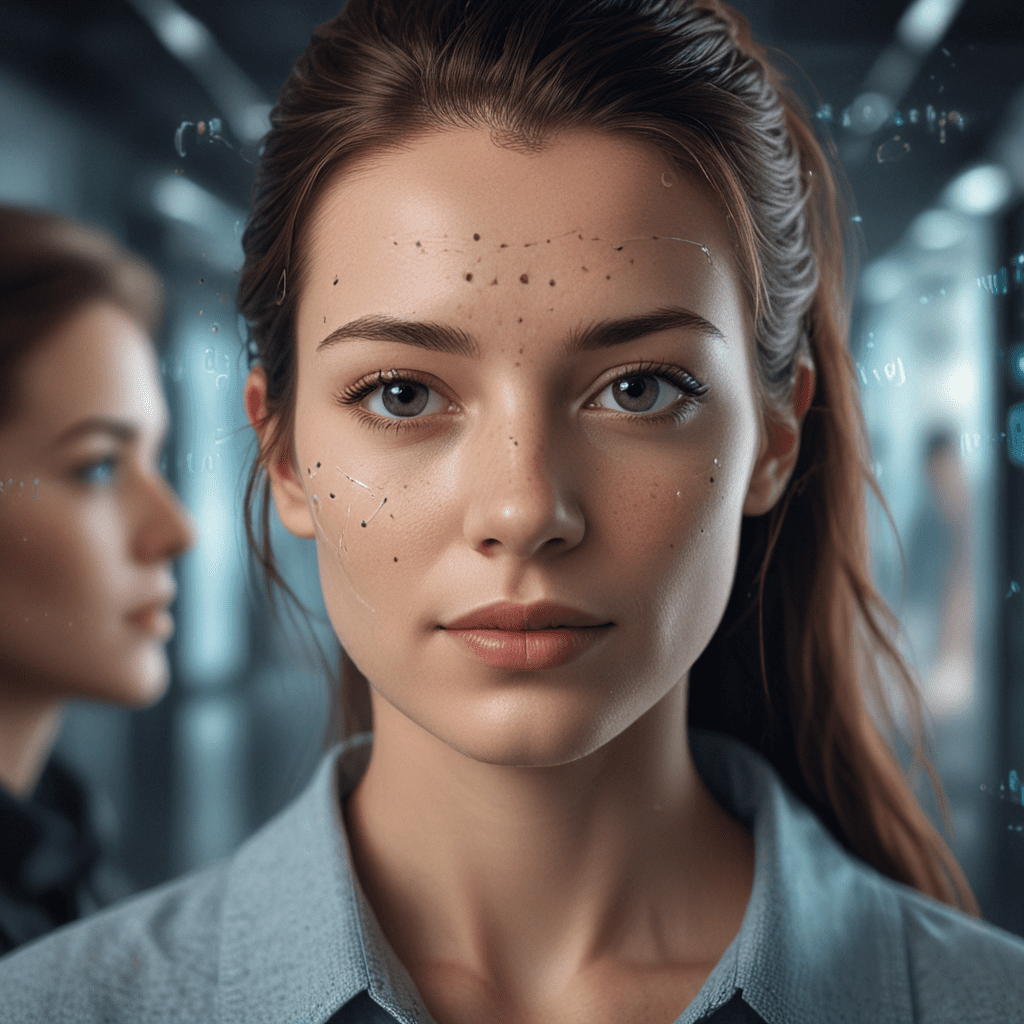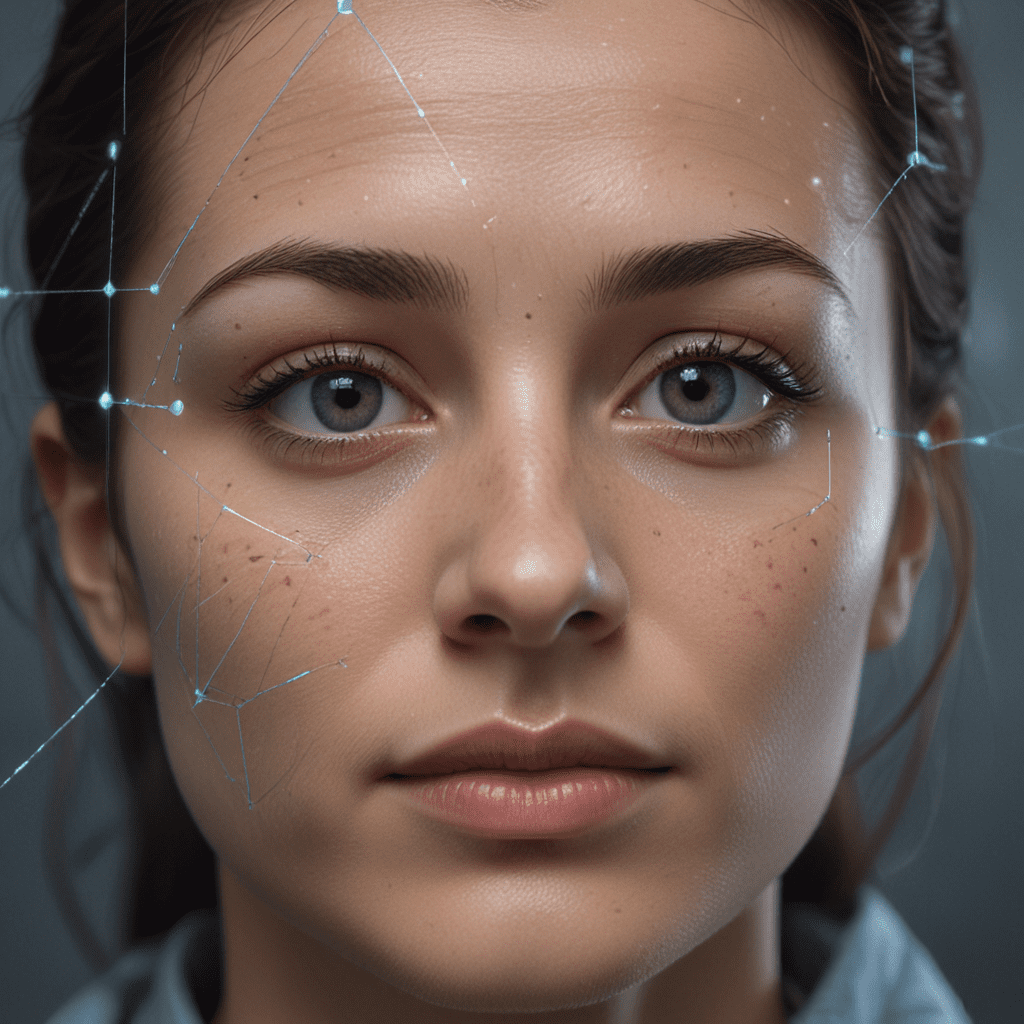
Exploring the Advancements in Facial Recognition Software
I. Introduction
Facial recognition software uses advanced algorithms to analyze and identify human faces. It offers a potent tool for a diverse range of applications in today's society due to its ability to distinguish individuals based on their unique facial features.
II. History and Evolution of Facial Recognition Technology
The pursuit of facial recognition technology began in the 1960s, but it has only recently reached a high level of accuracy and practicality. Over the years, significant breakthroughs in machine learning and artificial intelligence have allowed facial recognition systems to become highly sophisticated.
III. Applications of Facial Recognition
Facial recognition has gained widespread adoption across multiple industries, including:
- Law enforcement and surveillance: Identifying suspects, tracking criminals, and securing public spaces.
- Access control and authentication: Providing secure access to buildings, devices, and sensitive data.
- Retail and marketing: Personalizing customer experiences, targeted advertising, and fraud detection.
- Healthcare and medicine: Improving patient identification, diagnosis, and treatment outcomes.
IV. Ethical Considerations
The use of facial recognition software raises important ethical considerations:
- Privacy concerns and data protection: Protecting individuals' privacy and ensuring responsible use of personal data.
- Accuracy and bias in facial recognition systems: Addressing potential biases and ensuring fairness in recognition algorithms.
- Potential for misuse and discrimination: Preventing the misuse of facial recognition technology for discriminatory or harmful purposes.
V. Trends and Innovations in Facial Recognition
Recent advancements in facial recognition research include:
- Deep learning and artificial intelligence: The use of deep neural networks and machine learning algorithms for improved accuracy and efficiency.
- 3D facial recognition: Enhancing recognition capabilities by capturing depth information from faces.
- Spoofing detection and countermeasures: Developing techniques to detect and prevent spoofing attempts, such as using masks or fake faces.
VI. Future Prospects and Challenges
Facial recognition technology is expected to continue advancing rapidly, with potential applications in:
- Autonomous vehicles: Identifying drivers and passengers for driverless cars.
- Smart cities: Enhancing public safety, efficient traffic management, and personalized city services.
- Healthcare diagnostics: Using facial recognition to assist in detecting medical conditions based on facial features.
However, challenges remain in addressing bias, improving accuracy in diverse populations, and mitigating security risks.
VII. Evaluation of Facial Recognition Systems
Evaluating the performance of facial recognition systems is crucial to ensure accuracy and fairness. Common metrics include:
- False acceptance rate (FAR): The probability of incorrectly identifying a non-matching face.
- False rejection rate (FRR): The probability of incorrectly failing to identify a matching face.
- True positive rate (TPR): The probability of correctly identifying a matching face.
- True negative rate (TNR): The probability of correctly rejecting a non-matching face.
VIII. Privacy-Preserving Facial Recognition
Balancing utility with privacy is important in facial recognition. Techniques like:
- Anonymization and data minimization: Removing or encrypting personal data to protect privacy.
- Differential privacy: Adding noise to data to minimize the risk of re-identification.
- Homomorphic encryption: Allowing computations on encrypted data without decryption, preserving privacy.
IX. Regulation and Governance of Facial Recognition
Global regulations for facial recognition are emerging, aiming to:
- Protect privacy and prevent misuse: Establishing guidelines for data collection, use, and storage.
- Ensure algorithmic fairness and accountability: Preventing discrimination and promoting transparency in algorithms.
- Foster international cooperation and standardization: Creating a consistent framework for facial recognition usage.
X. Conclusion
Facial recognition technology has made significant strides, offering versatile applications in various sectors. As it evolves, responsible use, ethical considerations, and privacy-preserving measures are crucial. Ongoing research and regulation will shape the future of facial recognition, balancing its benefits with the need for individual privacy and societal well-being.
FAQs
Q: Is facial recognition software accurate?
Facial recognition systems can achieve high accuracy, but factors like lighting, facial expressions, and pose can affect performance.
Q: How does facial recognition work?
Facial recognition algorithms typically involve: face detection, feature extraction, and matching features to a database.
Q: What are the ethical concerns related to facial recognition?
Privacy concerns, potential for bias, and misuse for surveillance are primary ethical considerations.
Q: How can I protect my privacy from facial recognition?
Using privacy-enhancing techniques like anonymization, differential privacy, and strong passwords can help protect privacy.
Q: What is the future of facial recognition?
Advancements in AI, 3D facial recognition, and spoofing detection are driving the future of facial recognition towards greater accuracy and utility.


